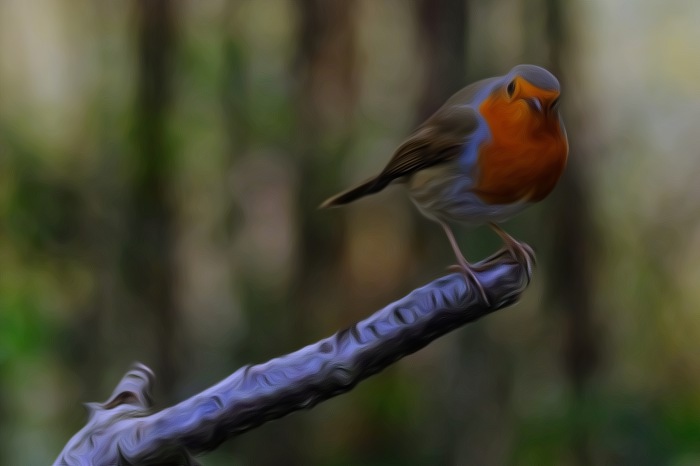
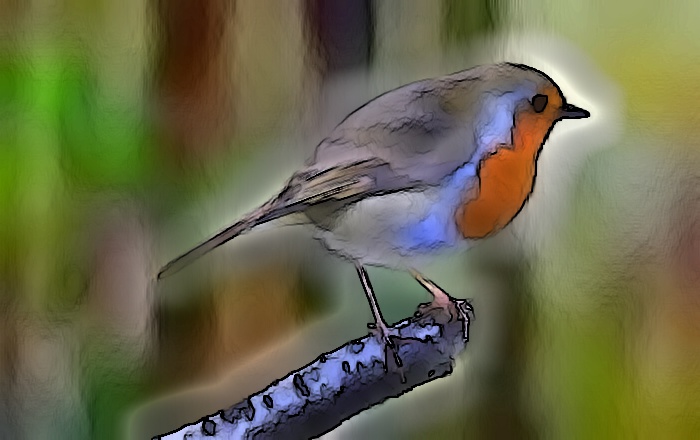
my blog continues 2022 at https://skylid.travel.blog/ find it and please follow.

A few days away in the South West. Follow my trips on my new blog at the link below.

Visit to Cadman’s Pool New Forest follow the link and sign up to keep following updates.
I have now filled up the media memory of this blog click the link above to go to my new post and blog you can stay in touch by following the new pages.


A close view of 2 Snipe today – so no waffle just pictures to enjoy.

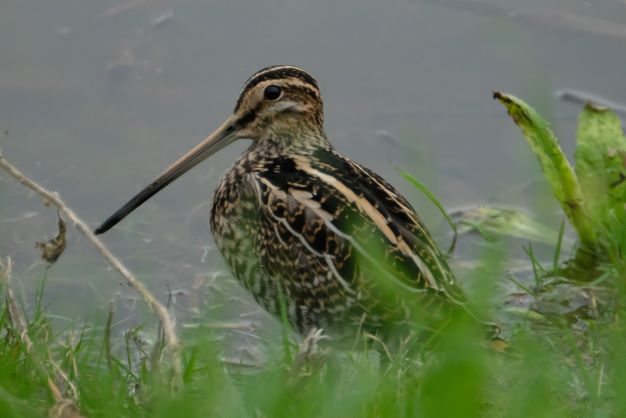


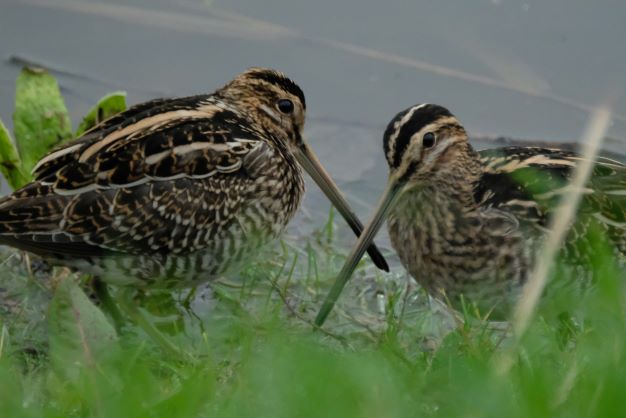
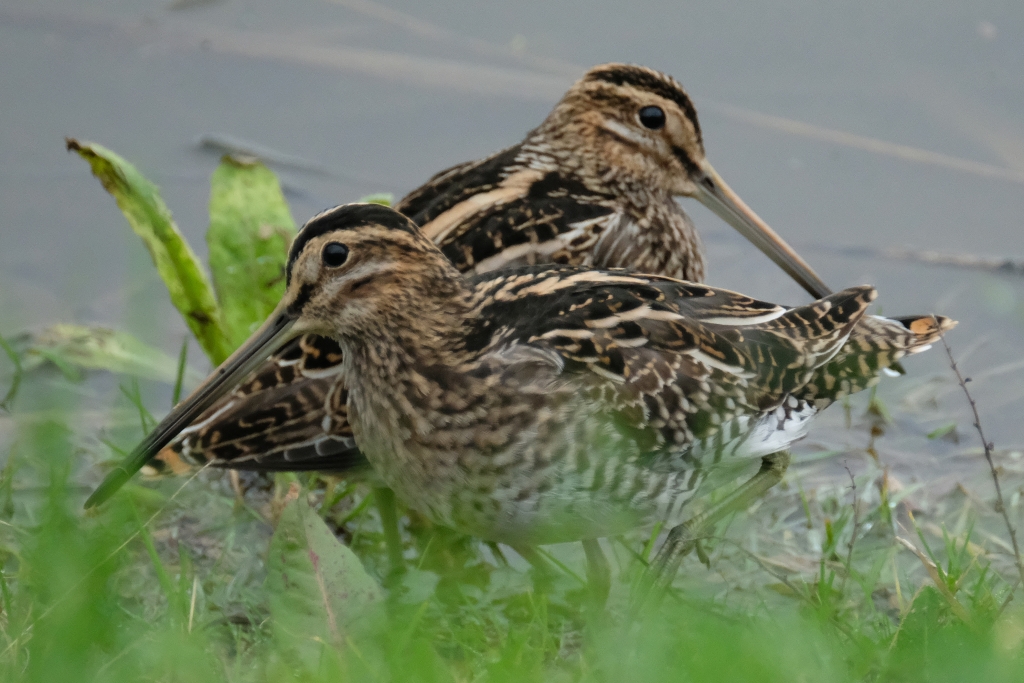
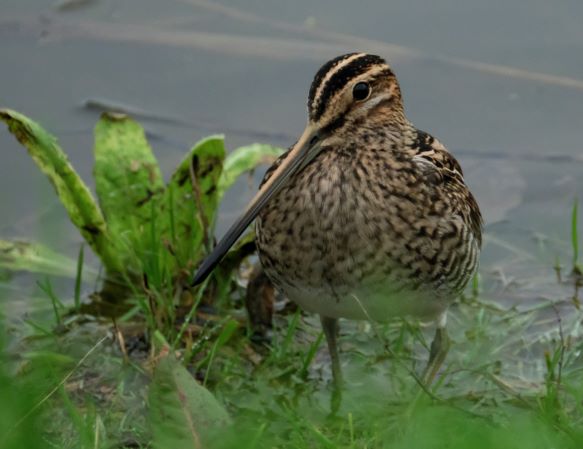
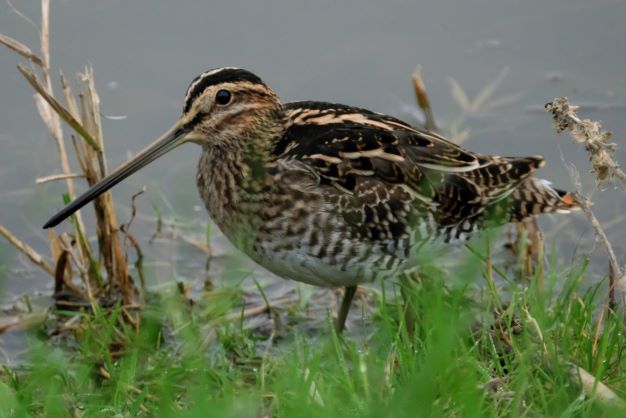


About 4 years ago I started seeing one or two Eider ducks in the Solent before then you would have to go North of Yorkshire to be sure to see any of these big ducks. They are a common nesting bird around the coasts of Scotland and northern England, but they do winter all around the coast. The numbers in The Solent have been growing in the last couple of weeks with a good 30+ landing off the beach today. A true sea duck they are the UK’s heaviest and fastest flying species of duck.
Eider duck nests were traditionally harvested for their ‘Eider Down’ after the eggs had hatched and the chicks left the nest. This soft, fluffy down was used to stuff pillows and quilts.

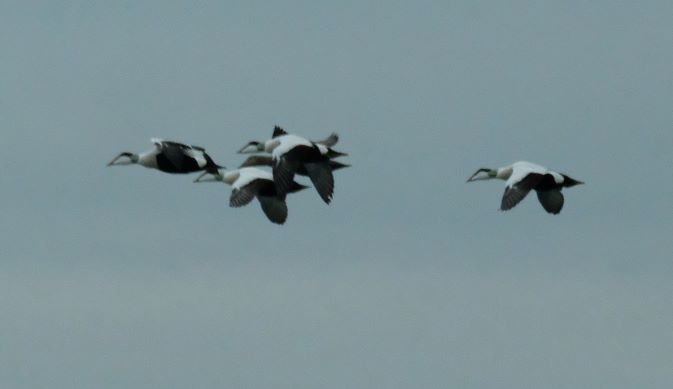

The calm waters brought out the kayaks’ but kept the kite surfers at home!



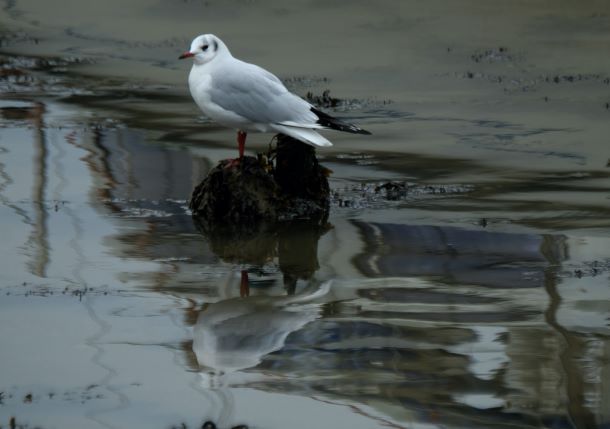
The hustle and bustle of the Black-headed gulls in their mating and breeding frenzy is well in the past as we move into winter. Calm is restored to their colony and the sound of their squabbling is quiet most of the time. Then someone throws a bird some food and from nowhere others swoop in from all directions and the noise starts up for a few minutes.
I spent 1/2 an hour today sitting on the step of our van feeding the gulls so I could capture some images of these birds so often overlooked.
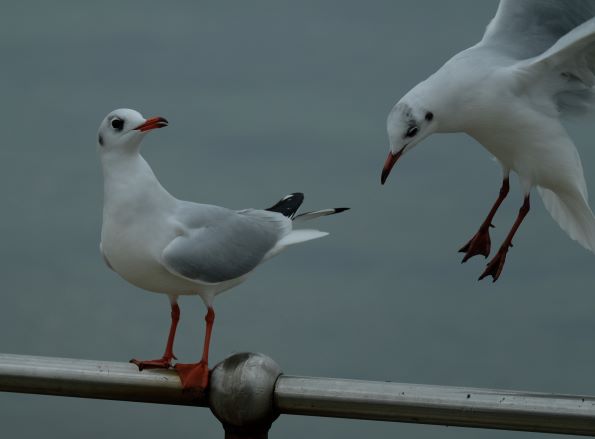


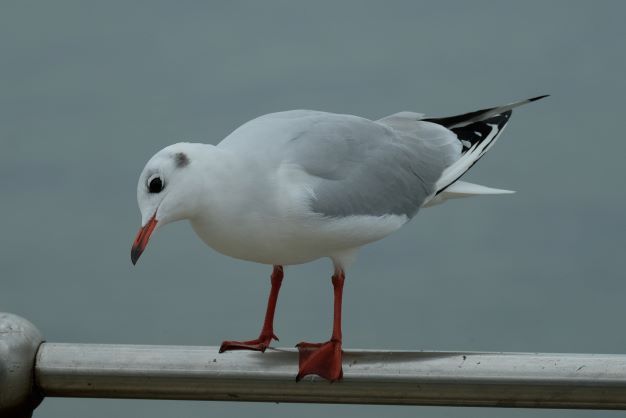
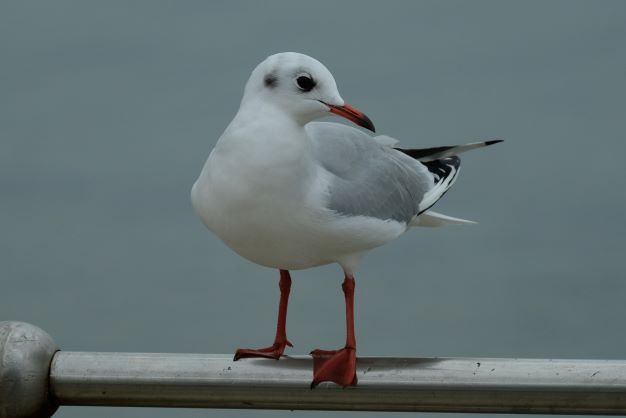
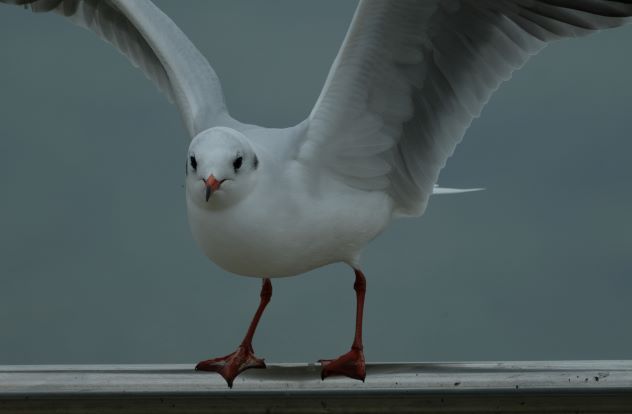

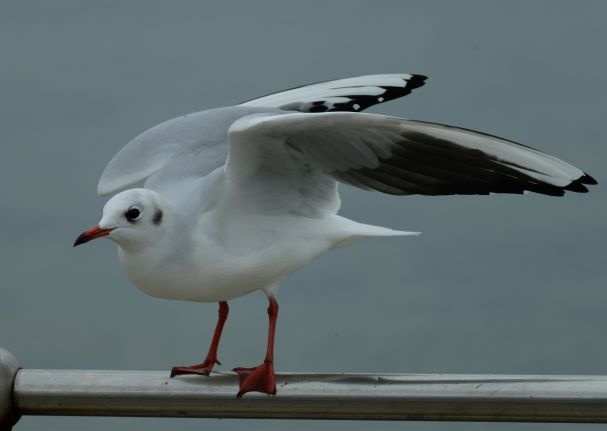
Details:-
The black-headed gull is the most widely distributed seabird breeding in the UK, The majority of the breeding population are resident throughout the year, with numbers being greatly increased during the winter months by birds from northern and eastern Europe.

Up until the 1940s, there was commercial exploitation of Black-headed Gull breeding colonies which saw the collection of eggs and the taking of birds for meat. This was on an industrial scale with almost 300,000 eggs per year being sold at Leadenhall Market in London during the 1930s.



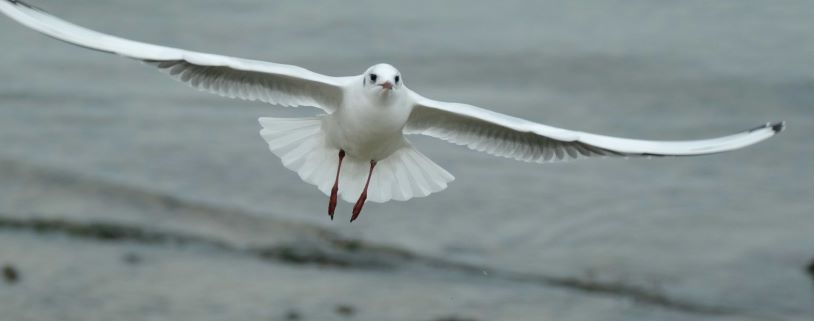


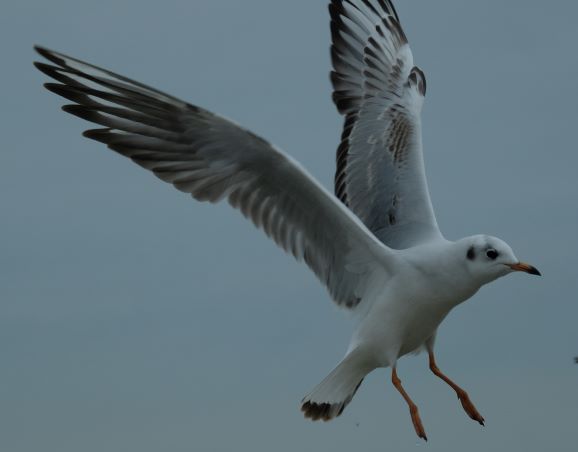


In Titchfield Haven harbour today among the mallard was a male mandarin duck with his ornate plumage and very distinctive long orange feathers on the side of the face, orange ‘sails’ on the back, and pale orange flanks. (The female is dull by comparison).
These ducks were introduced to the UK from China and have become established following escapes from captivity.
This was a 1st for me at the haven although I see them most winters in the New Forest on one of the ponds I visit. The mandarin duck nests in holes in trees, sometimes high up and a long way from the water.











